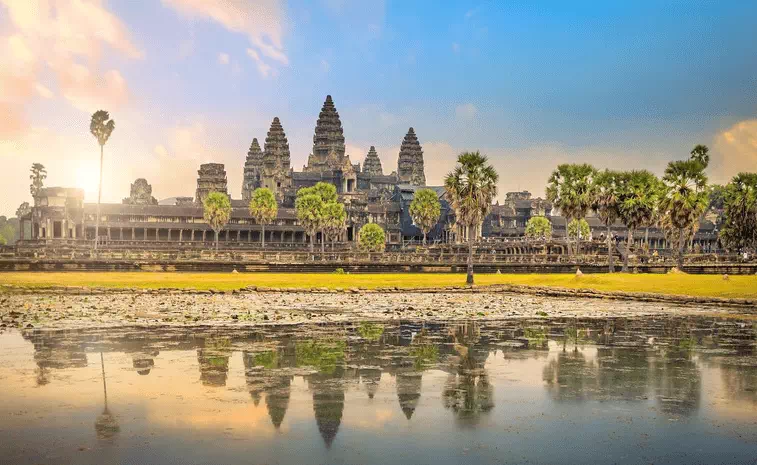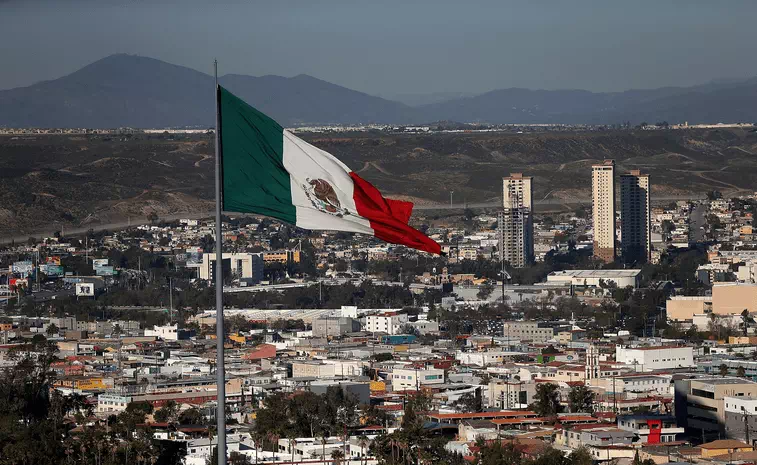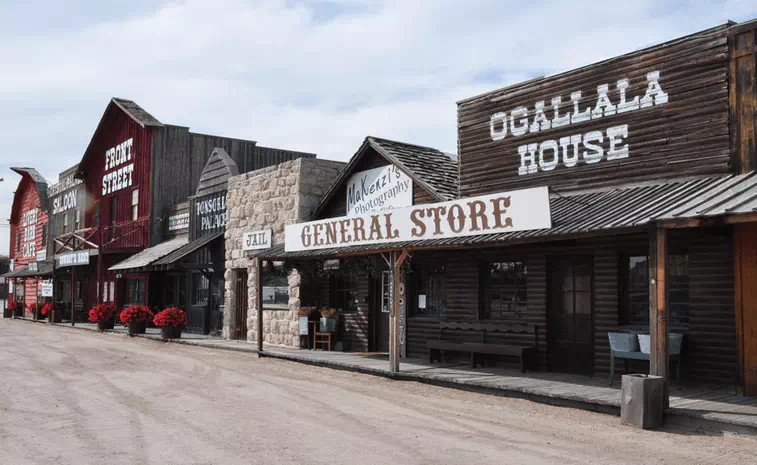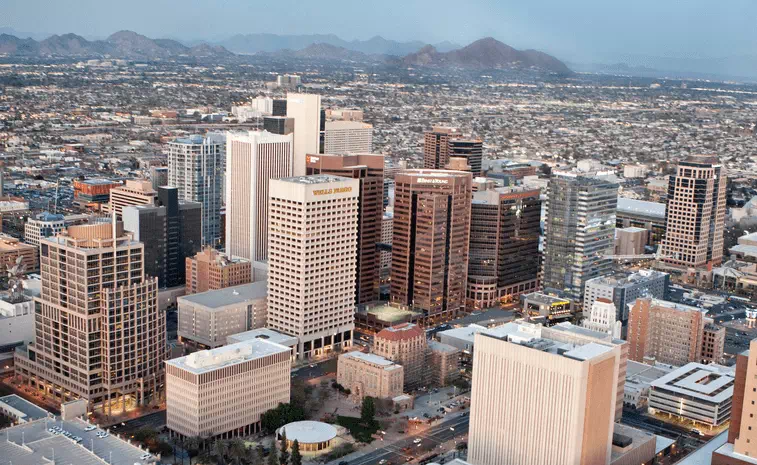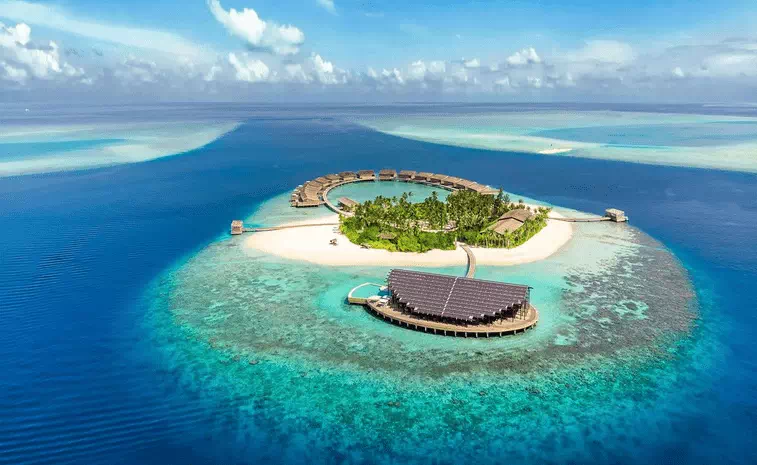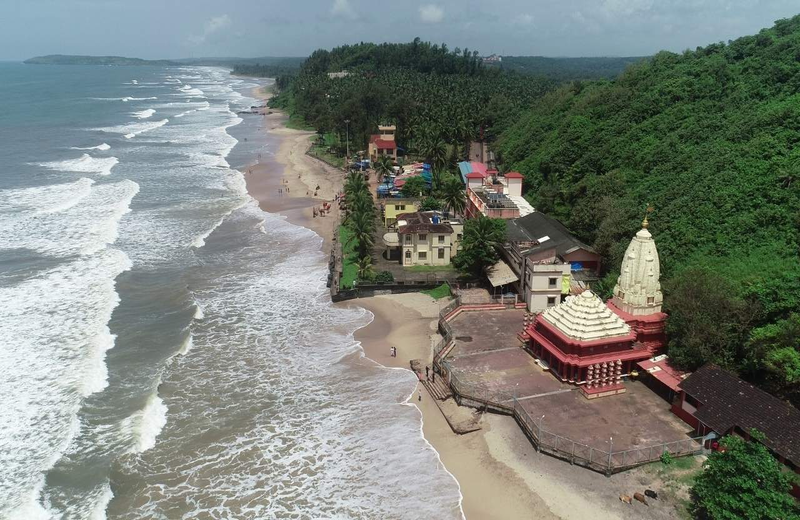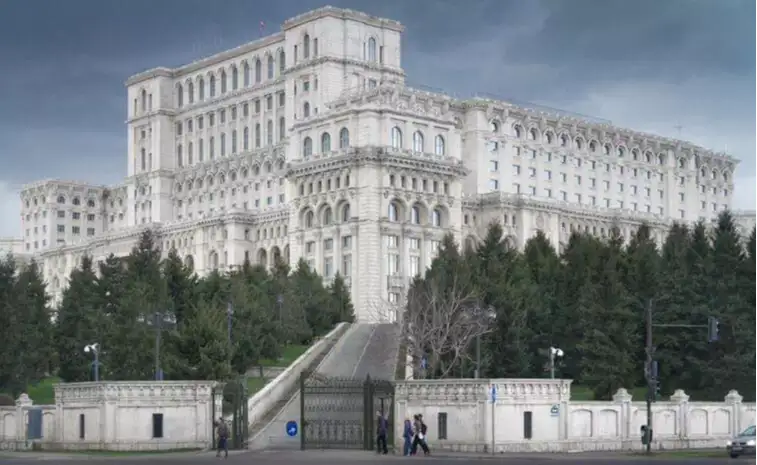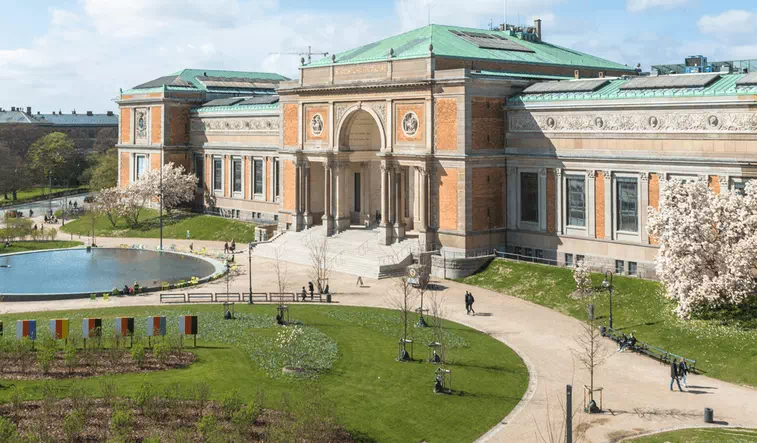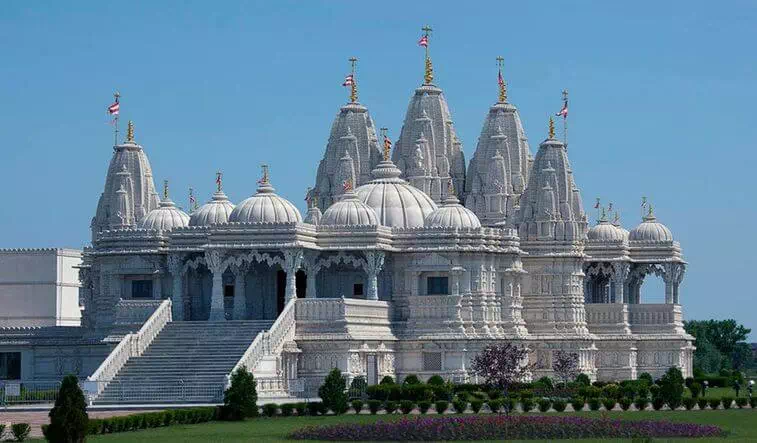Charminar (Hyderabad, India)
Charminar
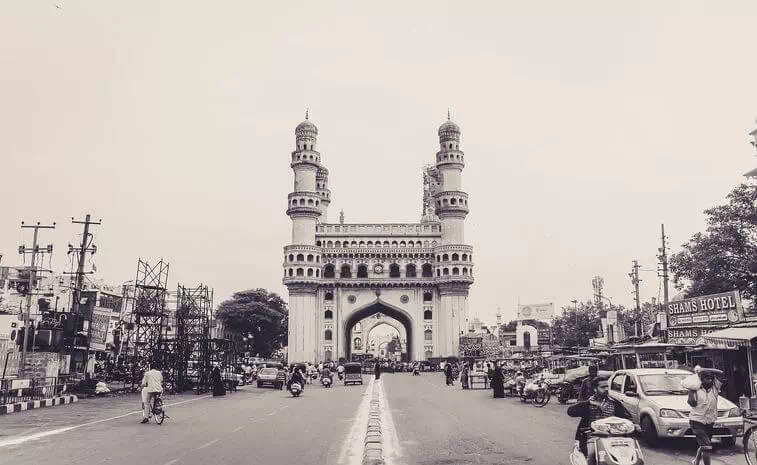
Today we are going to talk about Charminar. The Charminar is known as a monument and mosque located in Hyderabad, Telangana, India. The mosque was built in 1591. The landmark of Charminar has become known globally as the symbol of Hyderabad. This monument is listed among the most recognized constitutions of India. Charminar has been officially included as a symbol of Telangana for the state of Telangana. So let us gather a little more information about Charminar.
The long history of this monument includes the existence of a mosque on its top floor for more than 400 years. Despite being both historically and religiously important, Charminar is also known around its popular and busy local markets. Charminar has become one of the most popular tourist attractions in Hyderabad. The place is also the venue for numerous festivals such as Eid-ul-Adha and Eid al-Fitr.
This place is located on the east bank of the river Musi. To the west of Charminar is Lad Bazaar and to the southwest of this monument is the richly decorated granite Makkah Mosque. Charminar is listed as an archeological and architectural treasure on the official "List of Monuments" prepared by the Archaeological Survey of India. The English name of the monument is a translation and combination of the Urdu words chār and minar or meenar. And it means "Four Pillars". The towers of this monument are ornate minarets and are supported by four magnificent arches.
Charminar was built by Muḥammad Qulī Quṭb Shah, the fifth king of the Quṭb Shāh dynasty. The monument was erected at the intersection of the historic trade route that connected the city to international markets through the port city of Machilipatnam. The Charminar is of Indo-Islamic architectural style and incorporates elements of Persian architecture.
During the reign of the Mughal governor between Qutb Shahi and Asaf Jahi, lightning struck the south-west minaret of the monument and paid Rs 60,000 to repair it. This is a square structure of the monument. Each side of the charminar is 20 meters long.
Each of the four sides of the Charminar has one of the four magnificent arches and each faces the basic point that opens directly into the street in front of this monument. At each corner of the Charminar stands a minaret 56 meters high with beautiful latticework. Each minaret of this monument is crowned by a bulbous dome with a dainty, petal-like design at the base.
Unlike the minarets of the Taj Mahal, the four fluted minarets of this place are built in the main structure. There are 149 winding steps to reach the top floor of the Charminar. That structure of Charminar is also known for its stucco decoration and arrangement of balustrades and balconies.
The Charminar is made of granite, limestone, mortar and pulverized marble and weighs about 14,000 tons. Initially, the Charminar was so well-organized that when it opened for the first time, one could see the four corners of the bustling city of Hyderabad through each of its four magnificent arches as each of the arches of the monument was one of the most active royal ancestral streets.
There is a mosque at the west end of the open roof on this monument. The rest of the roof of the Charminar served as the royal court during the Qutb period. The actual mosque of this monument occupies the upper floor of the four- storey structure. The house-like vault supports one gallery after another inside the monument.
The Charminar's main gallery has open-front prayer spaces in front to accommodate more people for Friday prayers. The clock in four main directions was added to the Charminar in 1889. In this mosque, before the prayers, a pool of water can be seen in the middle of a small fountain.
On the side of the monument displays the Charminar of Panorama, Mecca Masjid and Nizamia Hospital. And this area falls under the Charminar constituency. From the Charminar comes the sight of another magnificent mosque known as the Mecca Mosque. The ruler of Qutb Shahi dynasty at Charminar, Muhammad Quli Qutb Shah, the ruler of Qutb Shahi, prepared to make bricks from clay brought from Mecca, the holy place of Islam, and used it in the construction of the central arch of the mosque.
Char Kaman is visible from the top of this monument. There is a market around this place. The market next to Charminar is known for its jewelry, especially bracelets and the stone Getty, known for its pearls. The four arches to the north of this monument are known as Char Kaman. These four arches were built along with the Charminar in the 16th century. In the middle of the arches next to the Charminar is a fountain called Gulzar Houz.
In 2007, Hyderabadi Muslims living in Pakistan erected a small-scale semi-replica of a monument called Charminar in the Bahadurabad neighborhood of Karachi. Lindt chocolatier Adelbert Boucher made a small model of this monument from 50 kilograms of chocolate. And this small model of Charminar was displayed on 25th and 26th September 2010 in Westin, Hyderabad, India.
The monument also appears on Hyderabadi rupee coins and notes denominated in the former Hyderabad state currency. During January 2017, the new government of Telangana introduced a 14-member French delegation to take charge of the project to assess the feasibility of developing Charminar as an eco-friendly tourism and heritage site.
Charminar was submitted to UNESCO by the Permanent Delegation of India on September 10, 2010. The temple named Bhagyalakshmi Temple is located at the base of this monument. The Archaeological Survey of India, which manages the monument, has declared the temple structure an unauthorized construction. And because of this the Hyderabad High Court has stopped any further expansion of this temple which is why the origin of this temple is currently in dispute.





